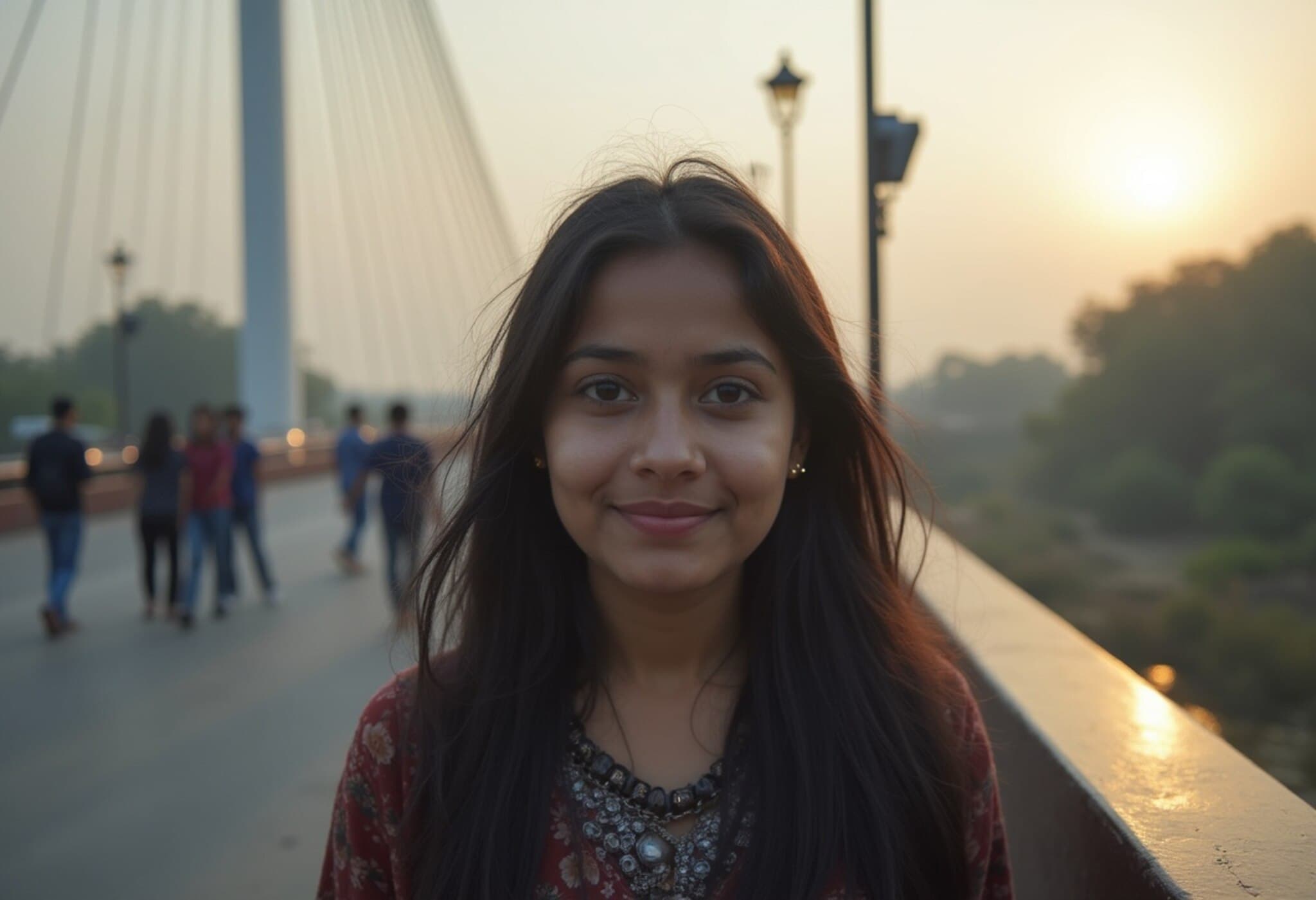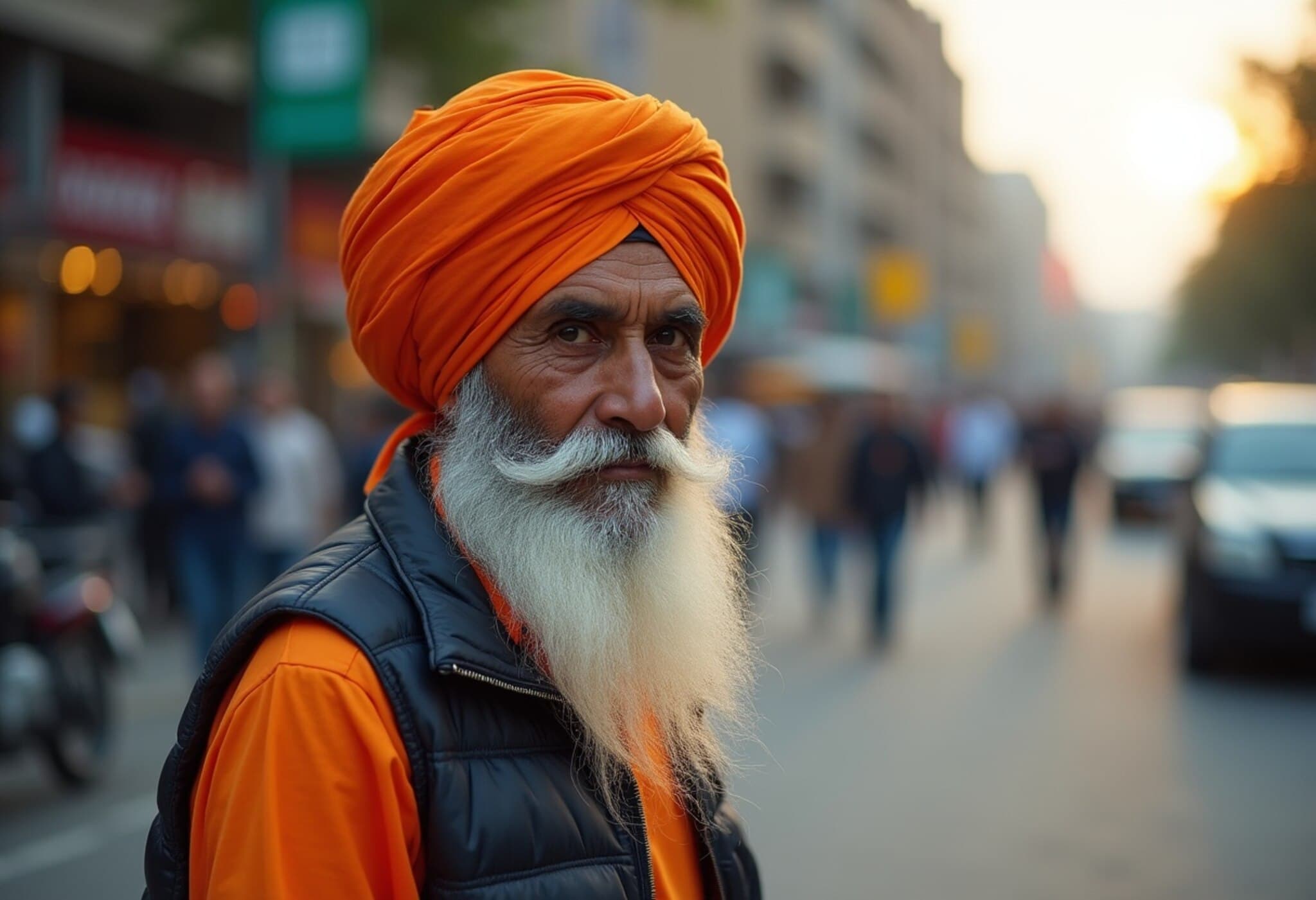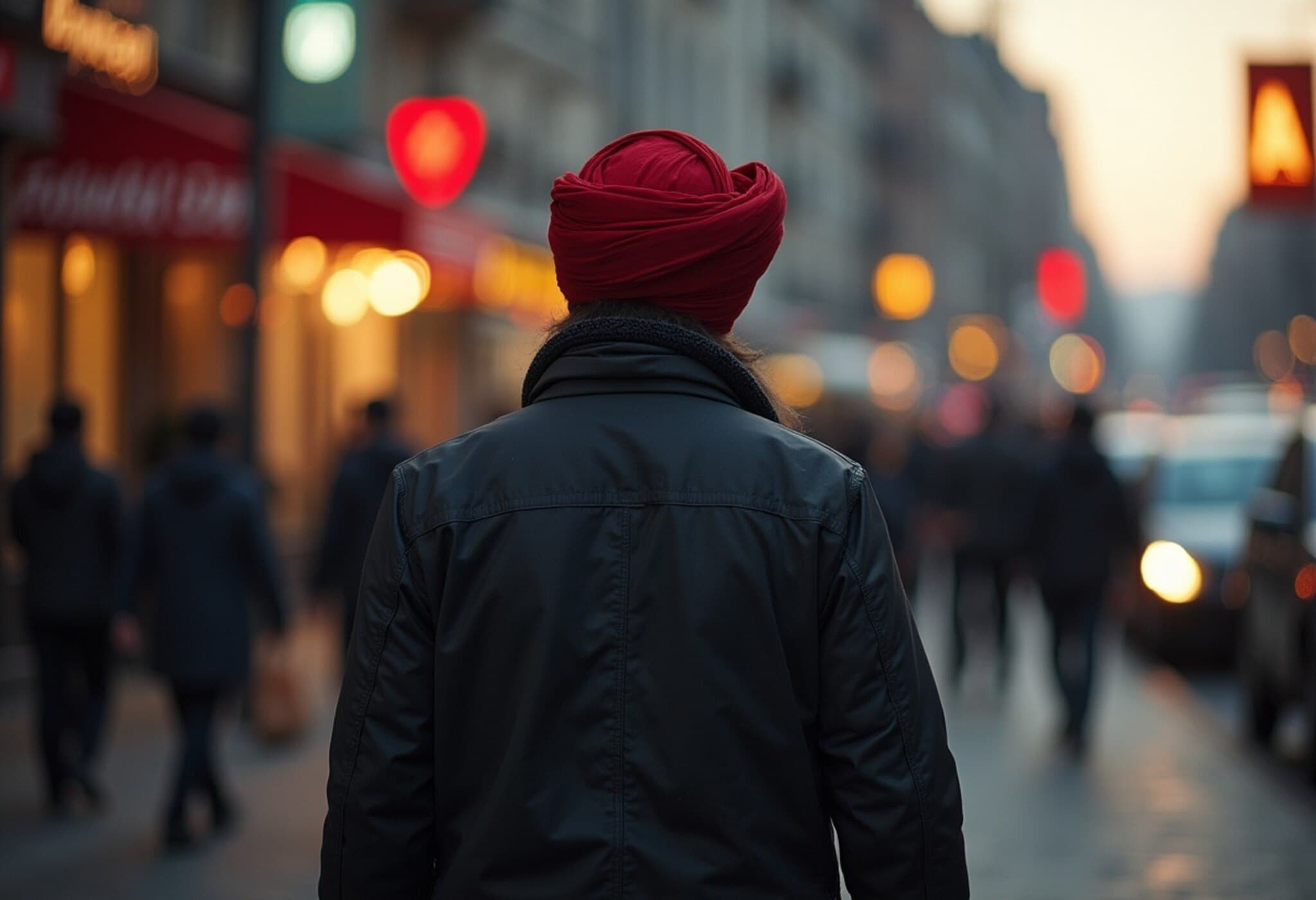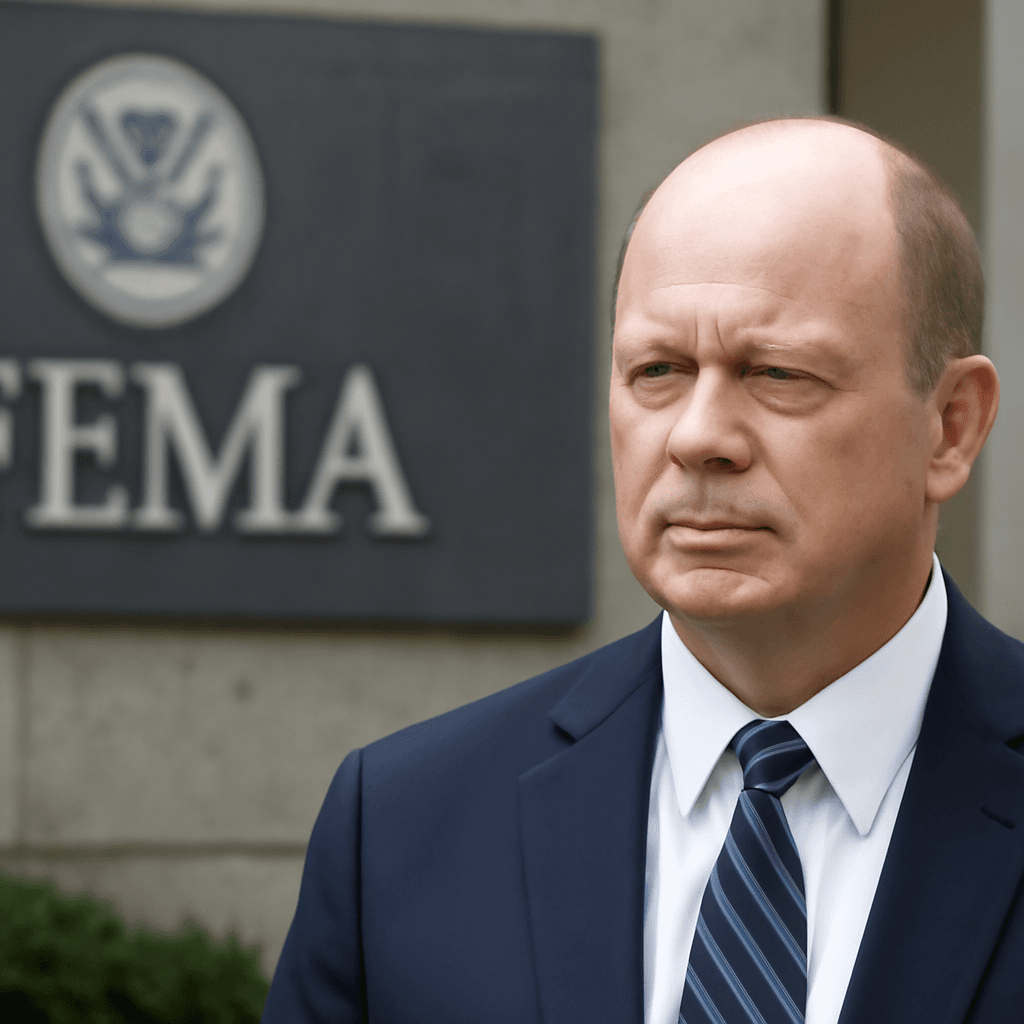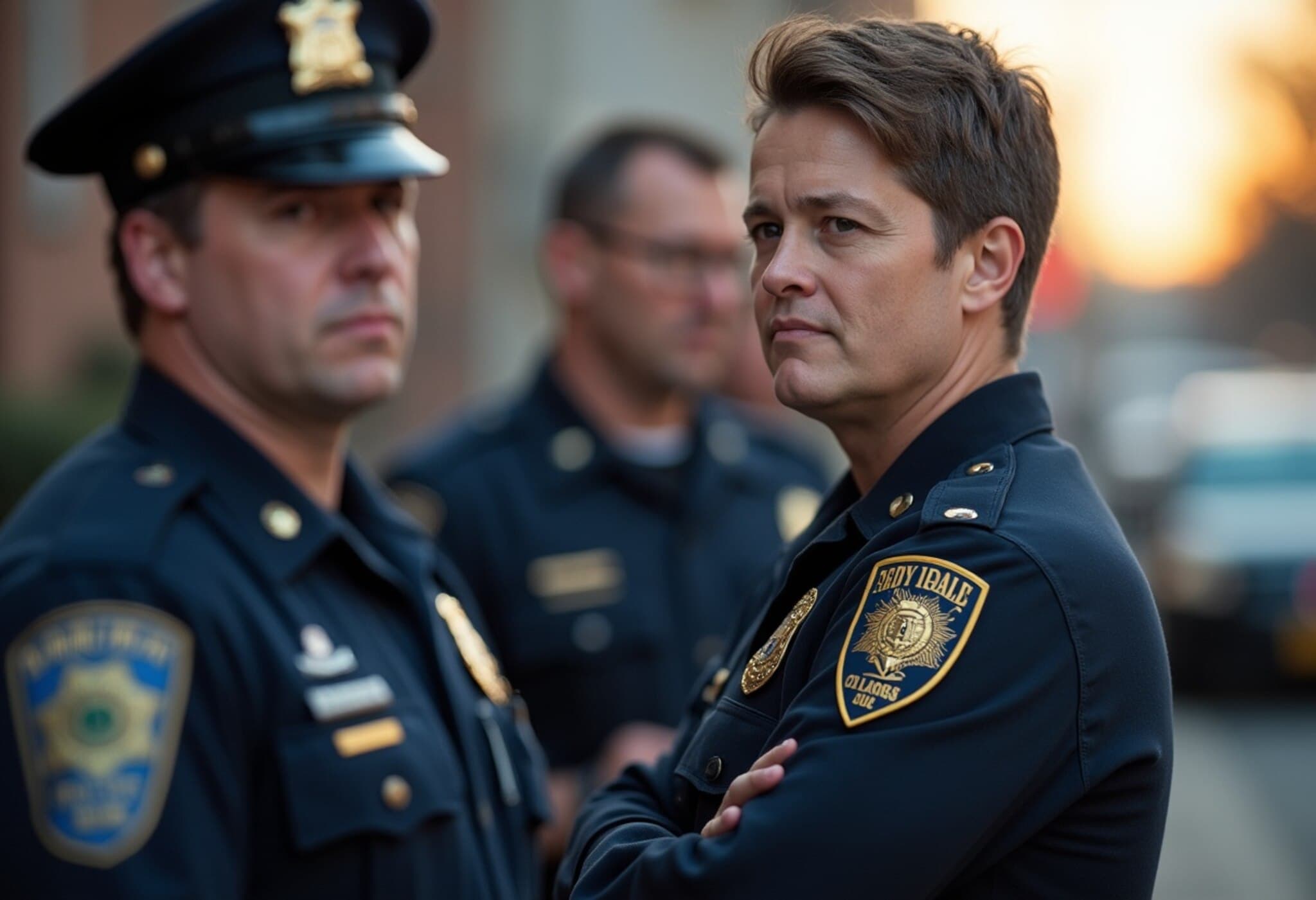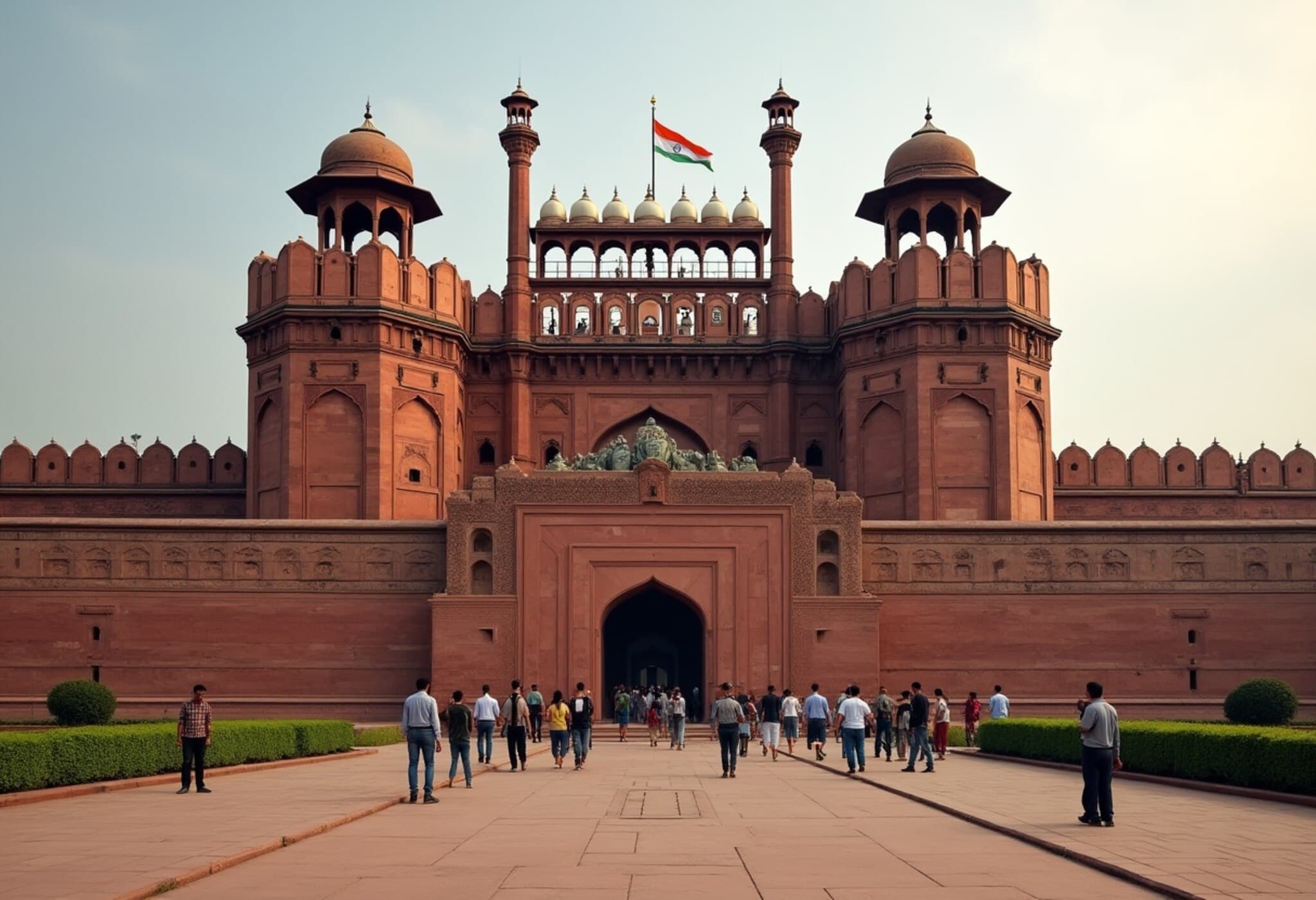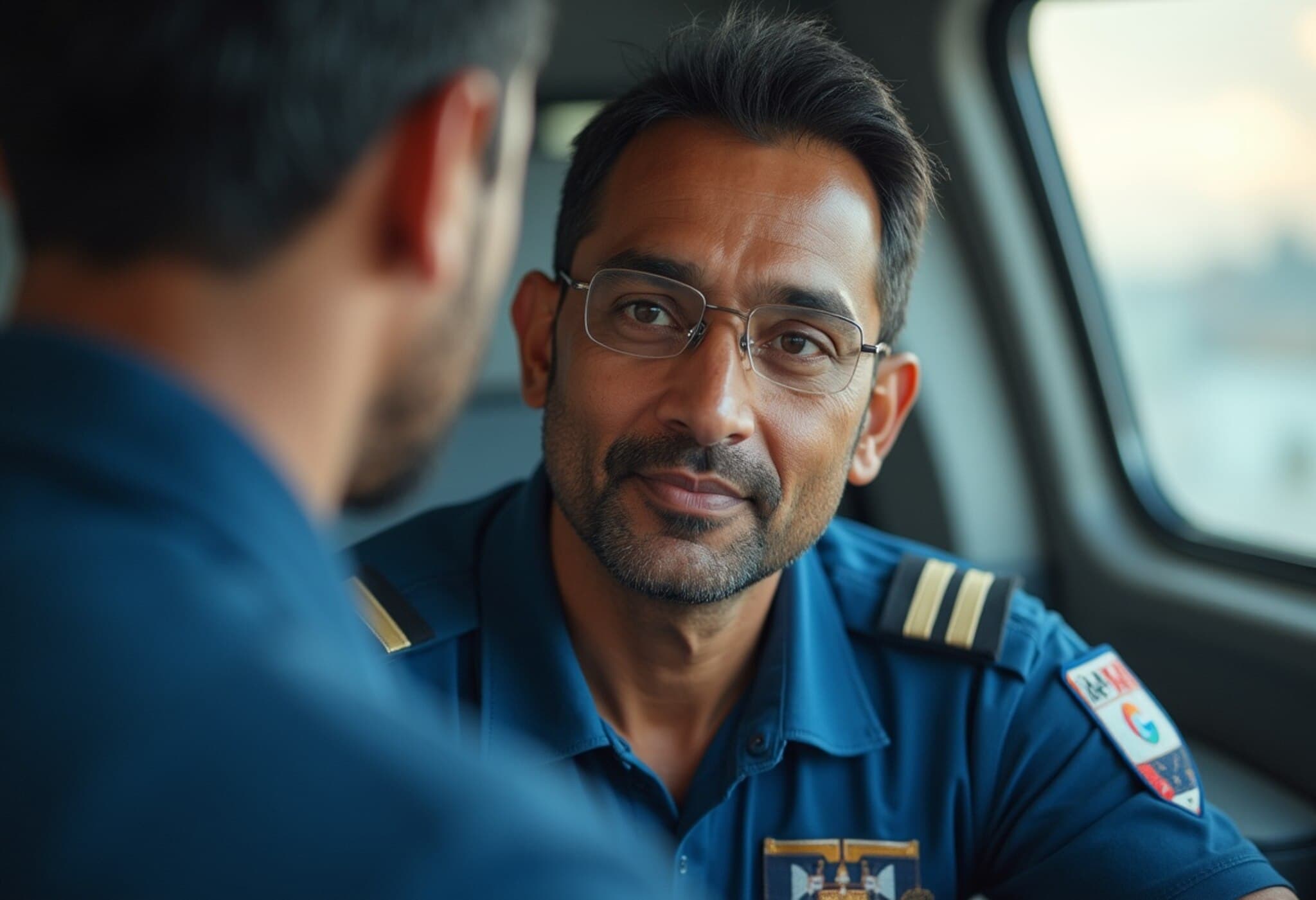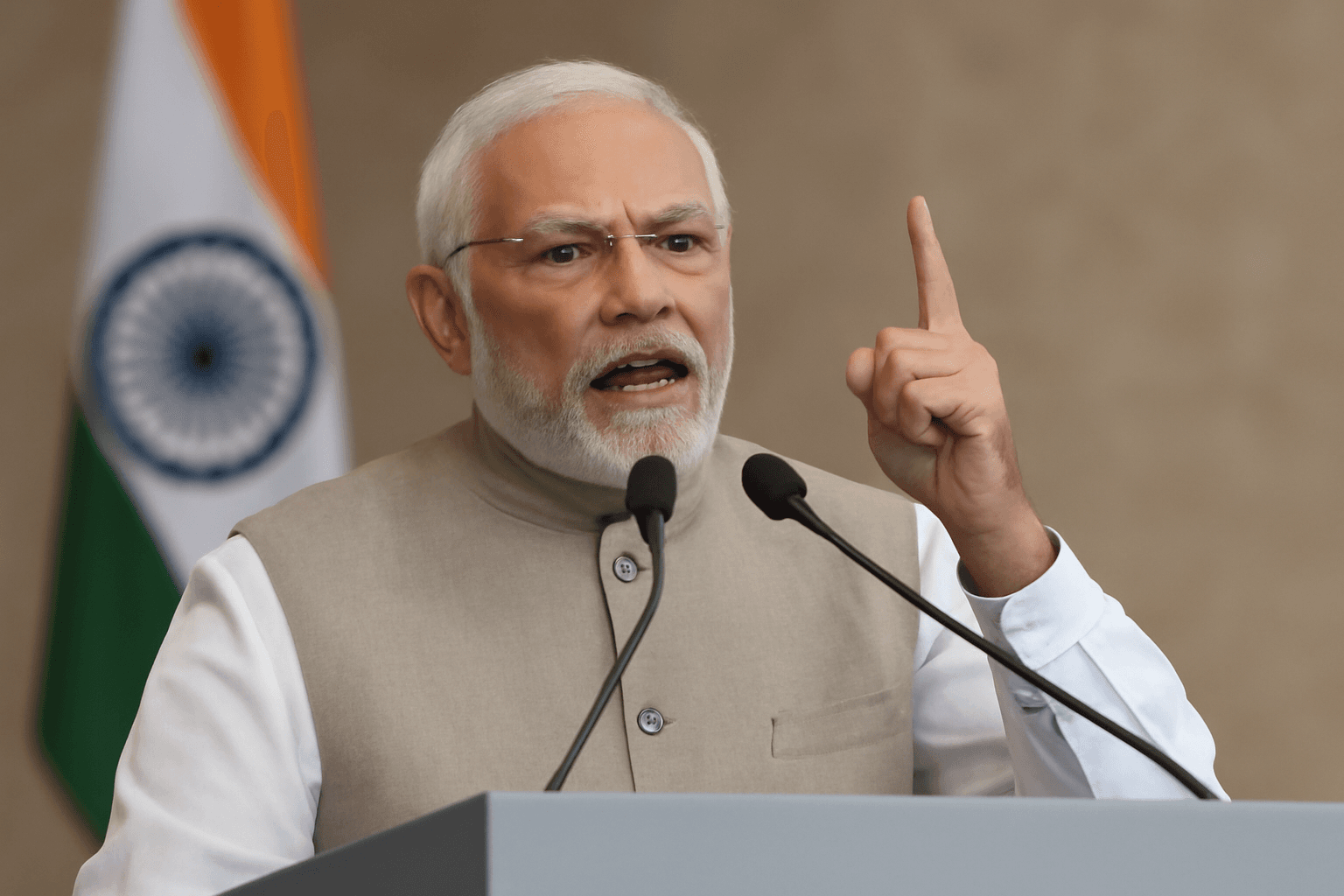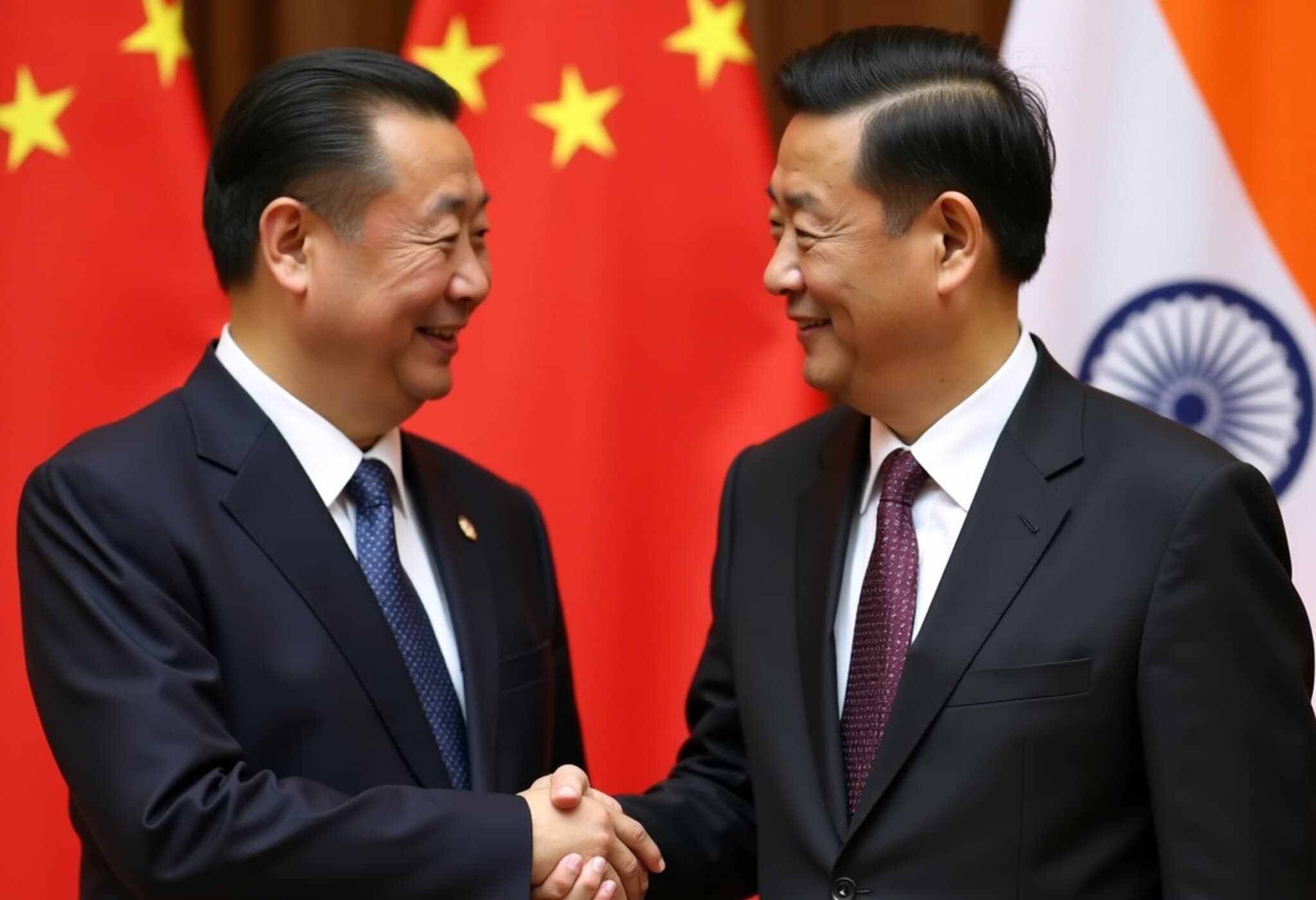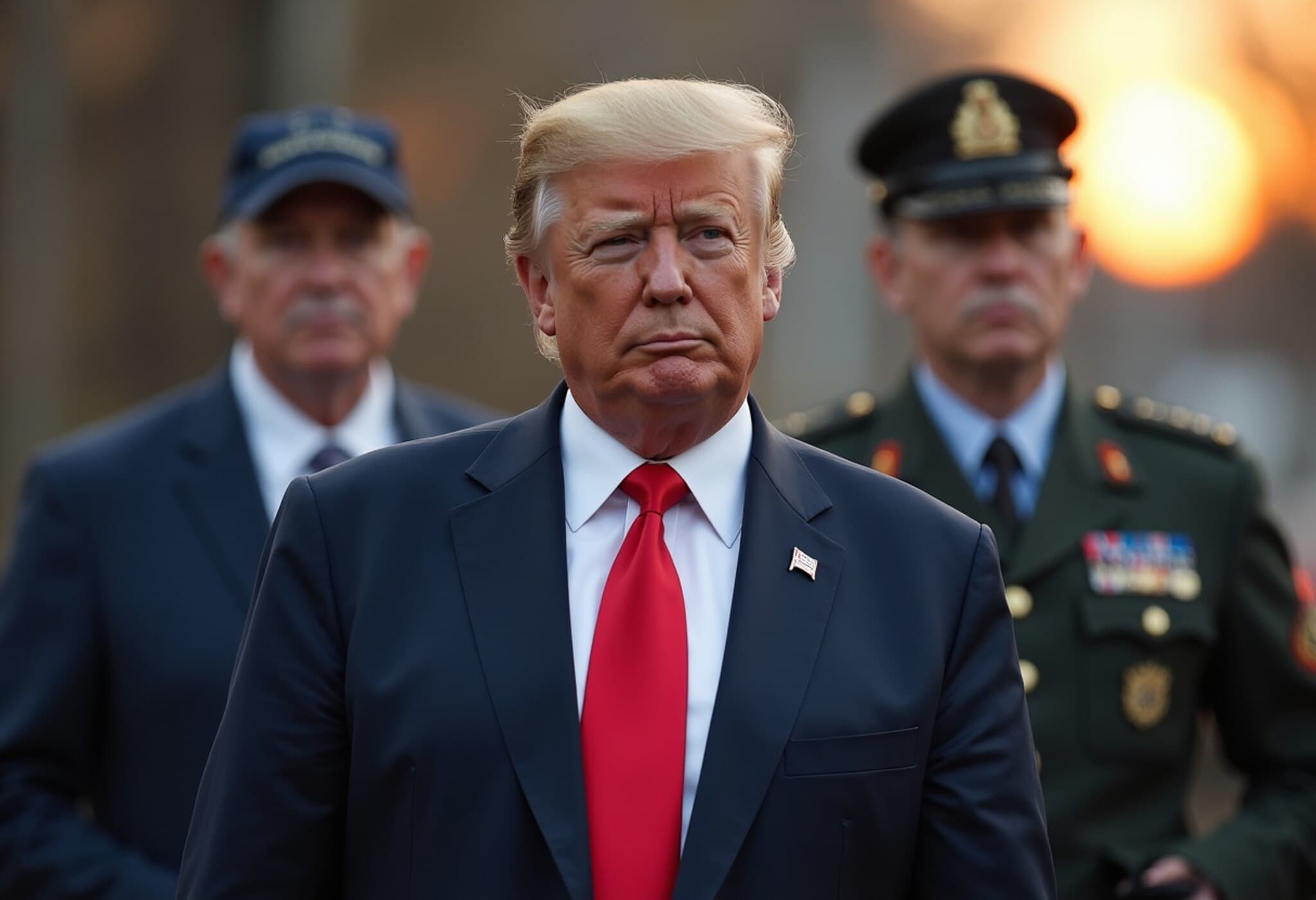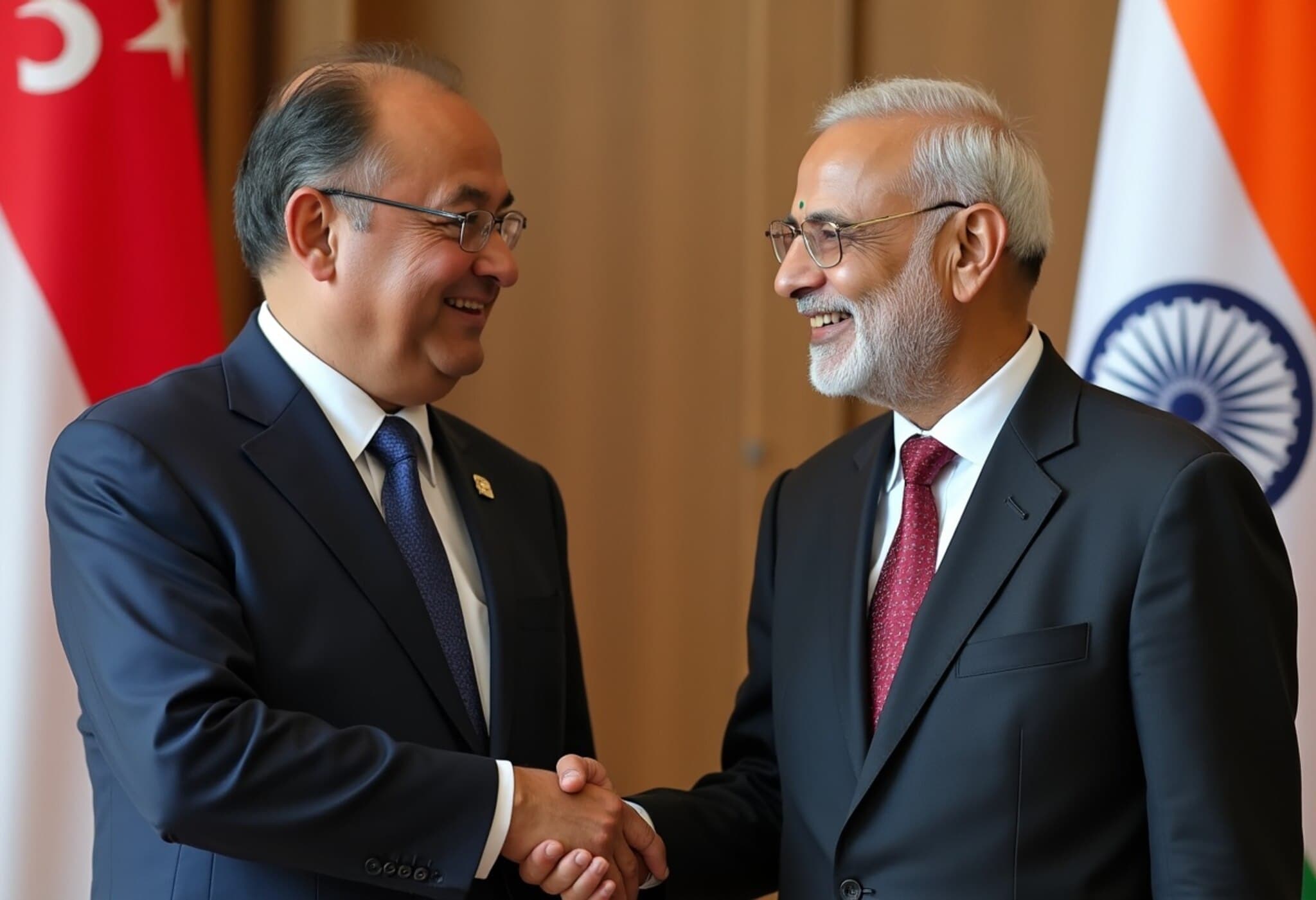Tragic Discovery: Sneha Debnath’s Body Found in Yamuna River
The search for Sneha Debnath, a 19-year-old Delhi University student who had been missing since July 7, ended in heartbreak when her body was recovered from the Yamuna River near the Geeta Colony flyover on Sunday evening. The news has sent ripples through the community and raised urgent questions about public safety and surveillance measures at the Signature Bridge, a site known for previous incidents.
Background: A Promising Student’s Disappearance
Sneha, who hailed from Tripura and lived in South Delhi’s Paryavaran Complex, was pursuing a Bachelor of Arts in Mathematics at Atma Ram Sanatan Dharma College. Her family reported her missing after she unexpectedly left home on the morning of July 7, taking no personal belongings and failing to communicate effectively thereafter. The last contact was a phone call at 5:56 a.m., when she mentioned she was heading to Sarai Rohilla Railway Station to meet a friend named Pitunia. However, Pitunia later confirmed that she had not met Sneha that day.
The Last Known Movements and Police Investigation
- Police investigations revealed that a cab driver dropped Sneha at Signature Bridge.
- Her mobile phone’s last recorded location also traced back to the bridge area.
- Eyewitness accounts corroborated seeing a young woman on the bridge around that time.
Tragically, a handwritten note found by police implied Sneha intended to jump from the Signature Bridge, a location reputed for such incidents. This detail has underscored the urgent calls for improved monitoring of this vulnerable spot.
CCTV Failures Raise Safety Concerns
As the investigation progressed, Sneha’s family and friends criticized the apparent lack of functional CCTV cameras at Signature Bridge, highlighting a serious lapse in surveillance. An eyewitness friend pointedly said, “Despite Signature Bridge being a high-risk area, there isn’t a single operational CCTV camera.” This absence of surveillance directly impacted the speed and clarity of the investigation and has sparked demands for systemic reforms.
Jurisdictional Confusion Compounds the Issue
Beyond faulty cameras, the bridge falls under the jurisdiction of multiple police stations, complicating coordination and response times. The family has urged law enforcement to clarify responsibilities and streamline communication to prevent future tragedies.
A Family’s Pain and a Community’s Call for Accountability
Sneha’s family conveyed their grief poignantly. She was described as a bright and ambitious young woman, full of dreams, whose sudden loss has left a void. Her father, retired Subedar Major (Hon.) Lt Pritish Debnath, is battling chronic kidney failure and undergoing dialysis, intensifying the family’s sorrow.
The family launched a public appeal via a web dashboard urging anyone with information to come forward, emphasizing, “Every minute counts.”
Their official statement demands:
- Immediate repair and full functionality of all CCTV cameras around Signature Bridge.
- Clear assignment of jurisdiction and better coordination among police authorities.
- A transparent public audit of CCTV infrastructure and investigation processes.
- Systemic measures to improve safety in known vulnerable locations.
Expert Insights: The Bigger Picture on Public Safety
This tragic case brings into sharp focus the challenges of ensuring safety in public spaces, especially at locations known for suicide attempts. Experts emphasize the crucial role of surveillance technology not only for crime prevention but also for rapid emergency response.
According to public safety analysts, the non-functioning of CCTV cameras at critical points like Signature Bridge represents more than a technical failure—it points to systemic negligence that endangers vulnerable populations, including students facing mental health crises.
Moreover, legislative clarity on jurisdiction and policing of shared public spaces is essential. Fragmented responsibility often leads to gaps in security coverage and delayed action.
Political and Regional Reactions
Tripura Chief Minister Manik Saha, highlighting Sneha’s roots from Sabroom in south Tripura, publicly urged Delhi police to expedite efforts in locating her. This involvement underscores the emotional and political impact such incidents have far beyond city boundaries, touching families and communities nationwide.
What’s Next? The Call for Reform
The tragic outcome in Sneha Debnath’s case acts as a clarion call for immediate reforms to public safety infrastructure. Authorities in Delhi face growing pressure to:
- Ensure comprehensive functionality and maintenance of surveillance systems.
- Improve inter-agency coordination to manage high-risk areas effectively.
- Develop support mechanisms for mental health outreach and crisis intervention.
As urban centers expand, the Shinsha story reminds us how critical it is to protect vulnerable youth amid the pressures they face, and how technology and governance must work hand in hand to save lives.

